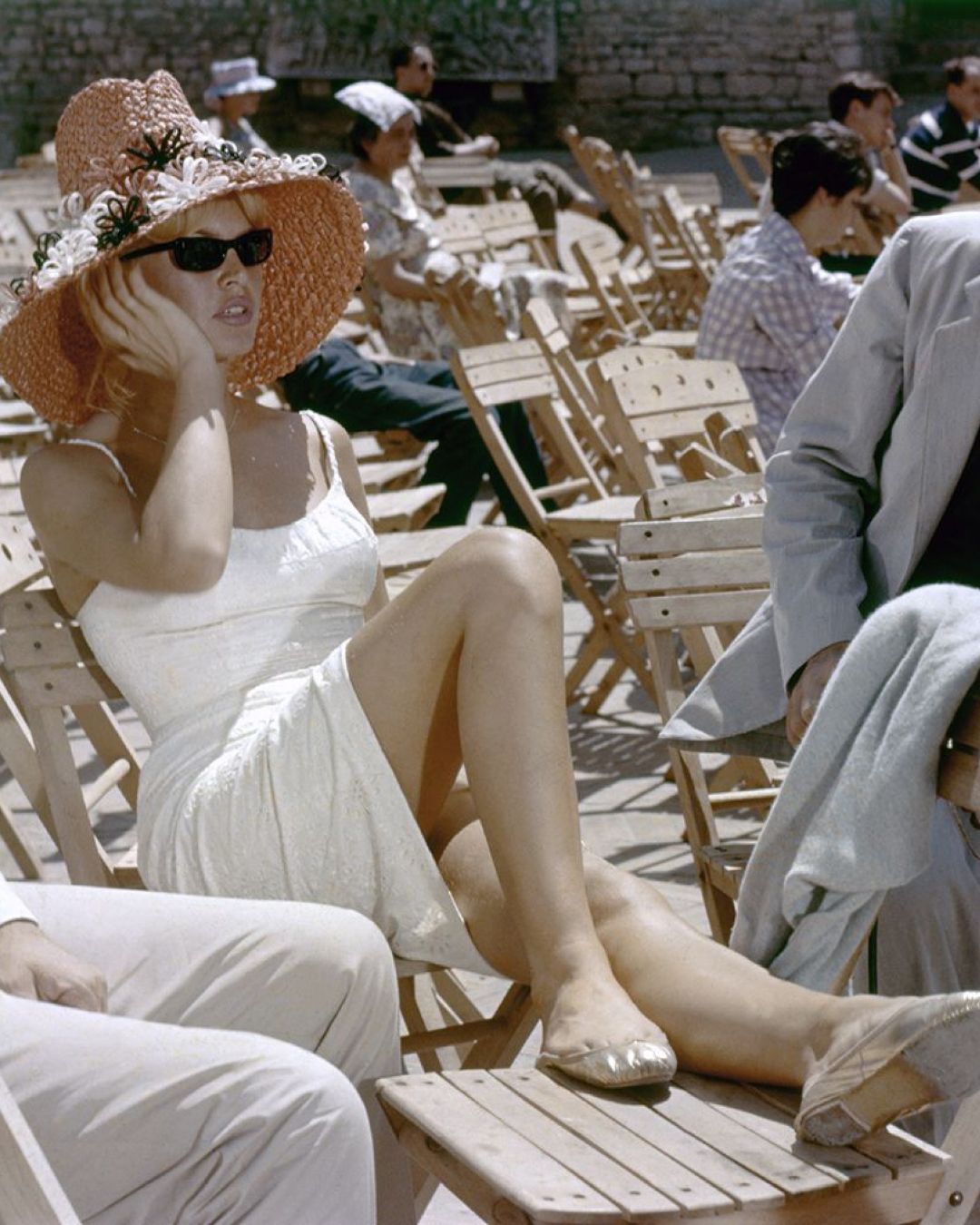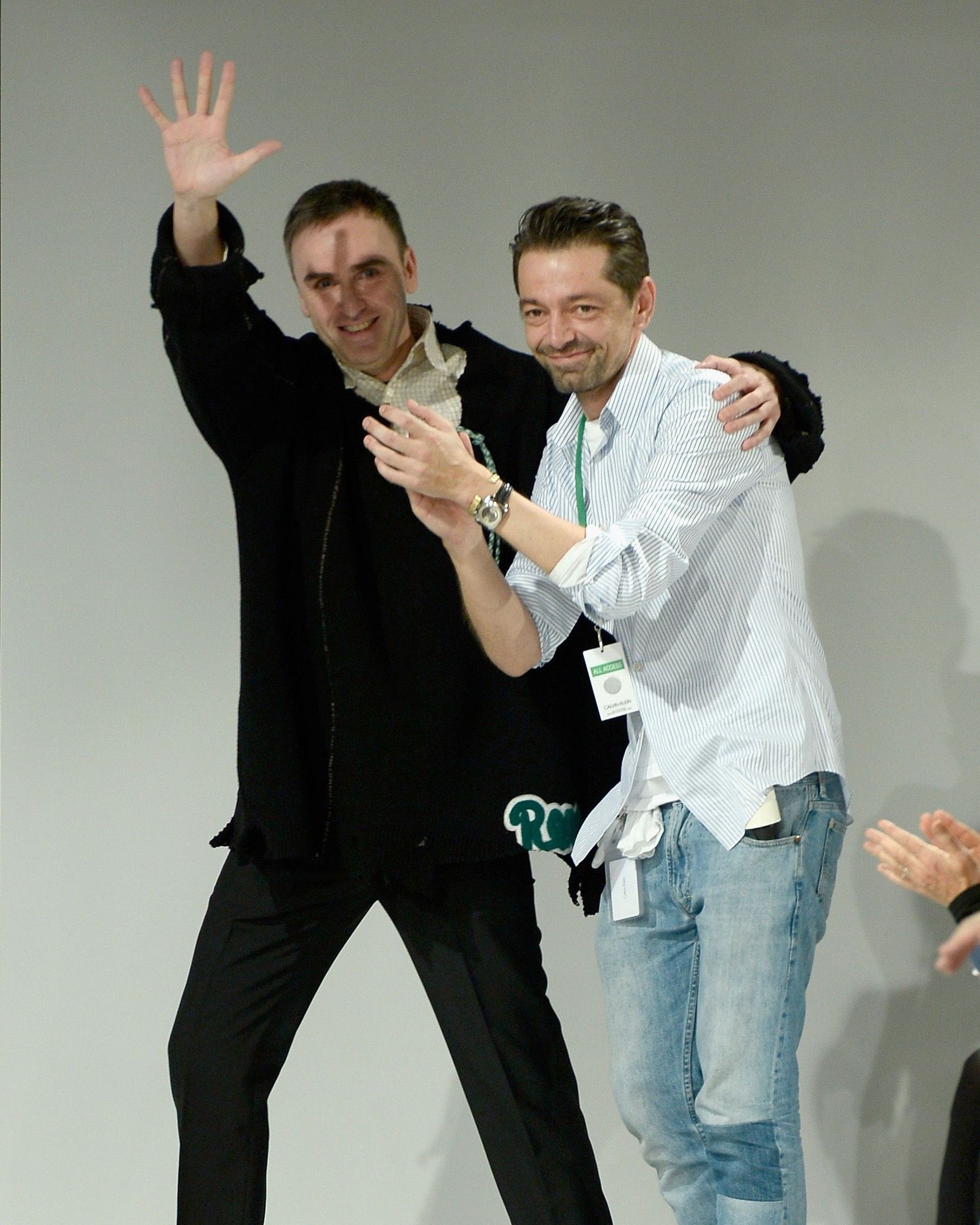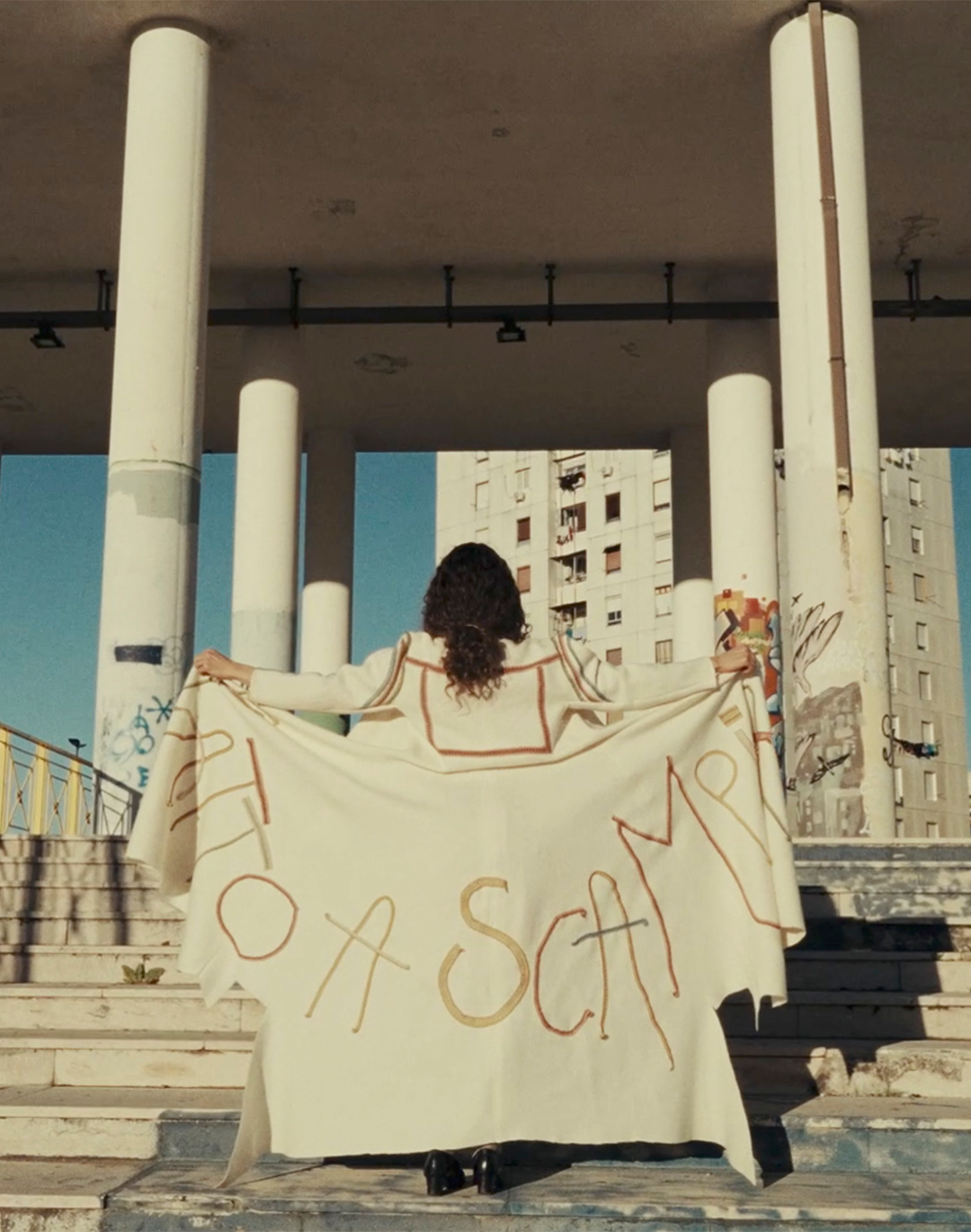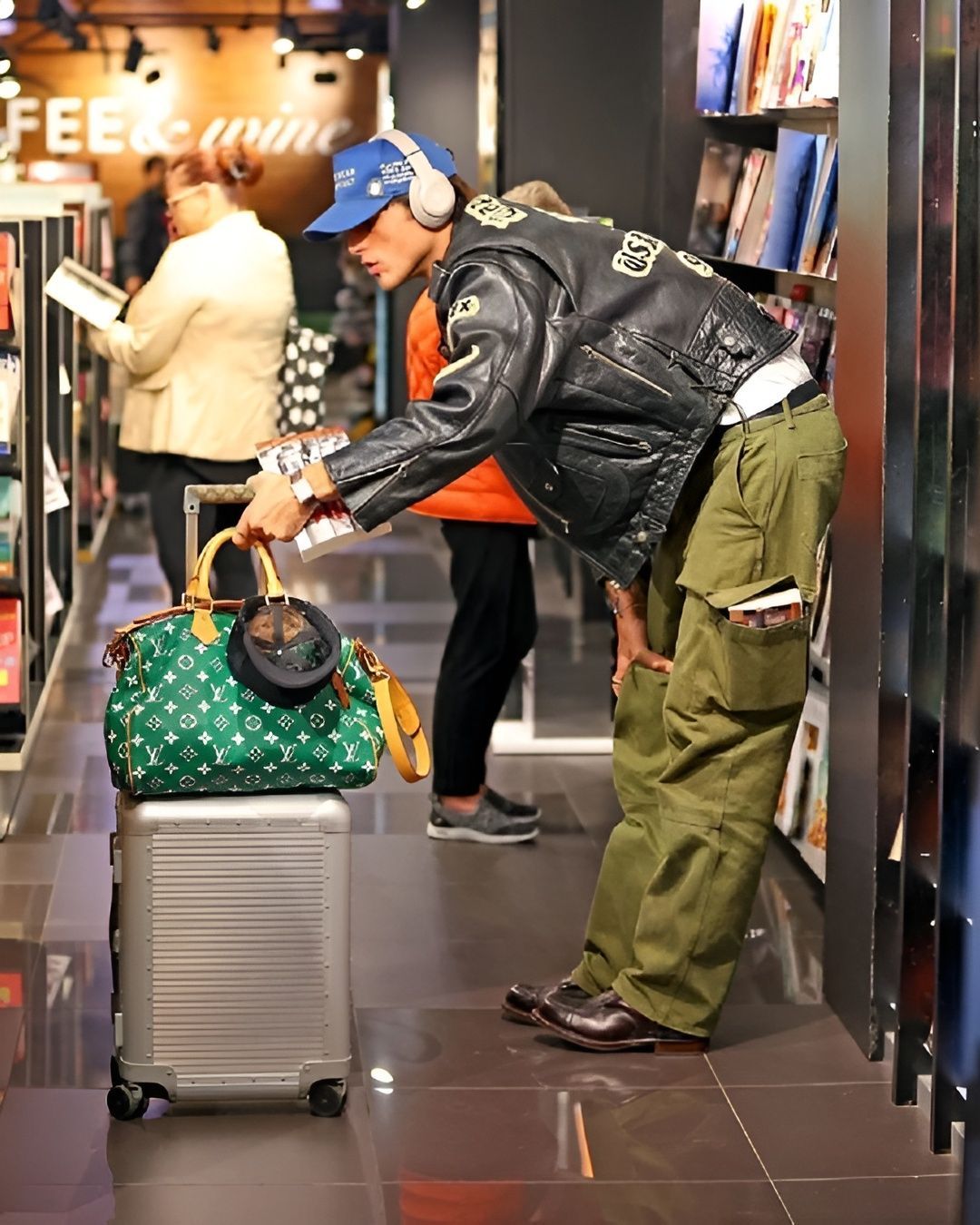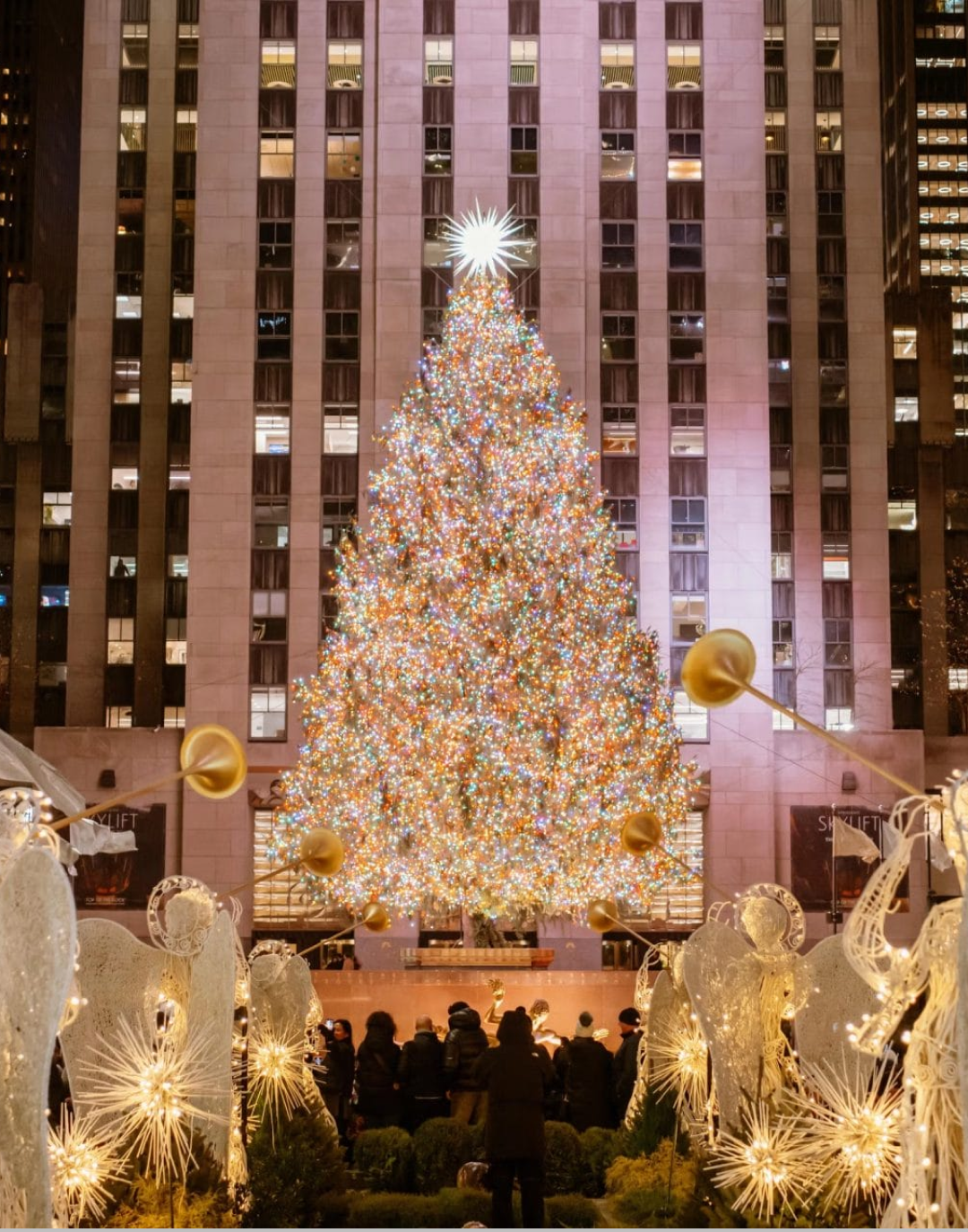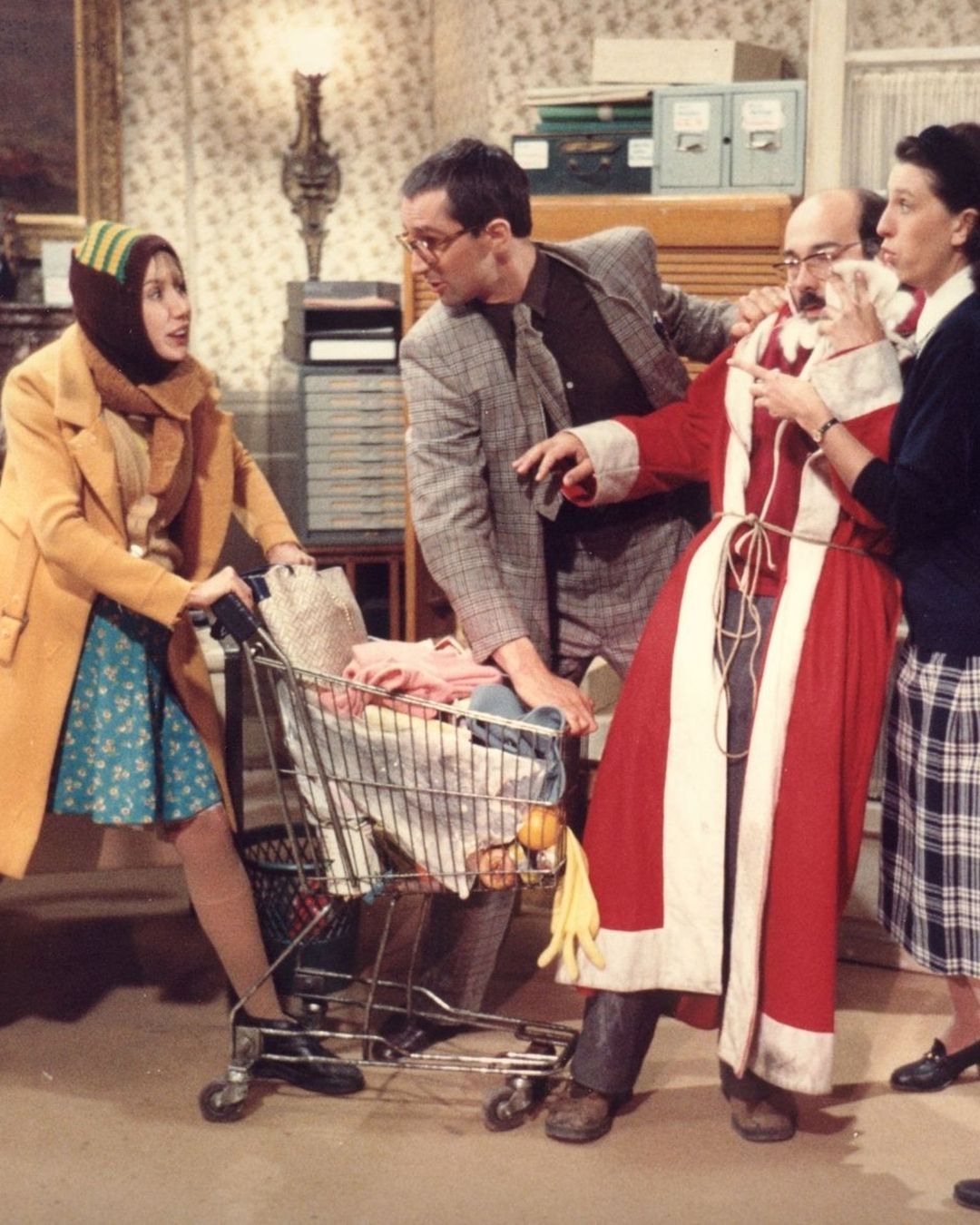
Print media is going through a renaissance Everyone wants more magazines and more books, but will it last?
Suppose you were born between the ’90s and the early 2000s. In that case, you’ll vividly remember the experience of going to the newsstand on Saturday mornings to look for the latest issue of your favorite magazine – from Cioè to Focus – accompanied by a parent or relative who would buy their favorite newspaper or a lifestyle magazine such as Cosmopolitan or Il Mucchio Selvaggio. Print media was essential, at least for the first decade in the lives of the “older” Gen Z, like the author of this piece. Memories of the publishing crisis triggered by the rise of early social media are still clear, especially since, even if it feels like a lifetime ago, it happened only about fifteen years back. And yet, something is changing. Not so much in large-scale publishing, but rather in the independent sphere: just last March, i-D Magazine and VICE both returned to print after long pauses. Perhaps it’s because social media has become unbearable, between Elon Musk potentially ruining Twitter for good and Meta aiming to further reduce access to information by removing the ability to view political content. Between one far-right regime and another, and the rise of AI in academic settings, social media has, for over a year now, seen a sharp increase in anti-intellectual narratives. Is it finally time to abandon the blue screens?
@quinthebooks Best discovery ever, nothing makes me happier than reading my newspaper during breakfast and it’s all whimsy and philosophy and ecotericism #thoughtdaughter may you never forget me - Temachii
Indeed, the need to seek refuge in something tangible, real, and unfiltered by algorithms is growing stronger. Wired highlights how, for over a decade, social media has been the heart of digital culture; however, recent events have intensified the feeling that online spaces are no longer safe or effective for everyone. Added to this is the constant threat of government surveillance, which in the current U.S. political landscape has become a powerful deterrent. Digital platforms have become a fertile ground for invasive advertising and the relentless pursuit of shallow engagement by influencers. The article notes that among young New Yorkers, zines are making a comeback as a popular form of communication, information, and creativity, with dedicated events expanding steadily year after year.
It's pretty hard to achieve this online. This is just another of the reasons I love the printed newspaper. You can say so much with design and front pages.
— J.D.M. Stewart (@jdmstewart1) March 5, 2025
You can imagine a historian going back into newspaper archive to write about this. And coming across this front page. pic.twitter.com/cCF0g9p5UC
In Italy, too, over the past five years, spaces and fairs dedicated to independent publishing have experienced steady growth. Since 2017, ReadingRoom has been operating in the heart of Corvetto, Milan — a store entirely devoted to niche international magazines. As founder Francesca Spiller explains, «this phenomenon should not be seen as nostalgic or regressive, nor simply as a return to pre-digital reading considered more ‘authentic’». Rather, it marks the emergence of new balances in our everyday content consumption, which now constantly shifts between a tactile and digital dimension. Beyond Milan, other cities across the peninsula are also contributing to the revival of print. In Naples, for example, Desina — the first festival in Southern Italy dedicated to graphic design and visual culture — has featured a book market fully dedicated to independent publishing. In Turin, between the International Book Fair and Artissima, investment in print has become an integral part of the city's cultural scene.
In an age where it's taken for granted that the internet has irreversibly damaged our ability to concentrate, reading on paper remains one of the last acts capable of offering true mental isolation — even if only temporarily — from the background noise of digital life. It’s no longer just a generational matter: while it may be nearly impossible to fully disconnect, Gen Z has rediscovered the value of slow, immersive reading. According to a survey conducted by Portland State University for the American Library Association, 61% of Gen Z and Millennials read at least one book in the past year — in any format — though only 57% consider themselves regular readers. Yet the numbers alone don’t tell the whole story. BookTok, digital and in-person book clubs, and the renewed energy of independent bookstores all demonstrate that demand for complex and reflective content not only persists but is actually growing. The practice of creative bibliotherapy, now well established in the UK, suggests that reading is not only a form of escape but also a form of healing — a way to process emotions and regain mental balance. As bibliotherapist Ella Berthoud told the BBC, and as supported by studies published in The Lancet, narrative immersion can genuinely soothe, restore, and reinvigorate the mind.
@kelscruss no bc I can beat the algorithm #fyp #medialiteracy #news #printmedia #newspaper original sound - Frankie Bleau
At its core, this is the deepest value of the print renaissance: the creation of a heterogeneous community that finds, in magazines, books, and independent publications, a space for inspiration and in-depth exploration — but most of all, a mental place to breathe, free from deafening noise and overstimulating visuals. As Spiller noted about ReadingRoom’s clientele: «our community is diverse and includes professionals from the cultural industries, creative studios and agencies, avid readers, and university students alike. Everyone can find, in magazines — and in the features we dedicate to this world — research, verticality, and inspiration.» It’s a cultural ecosystem that resists standardization and finds its truest strength precisely in the fragility of the printed medium. It might truly be the beginning of a new cultural renaissance.


